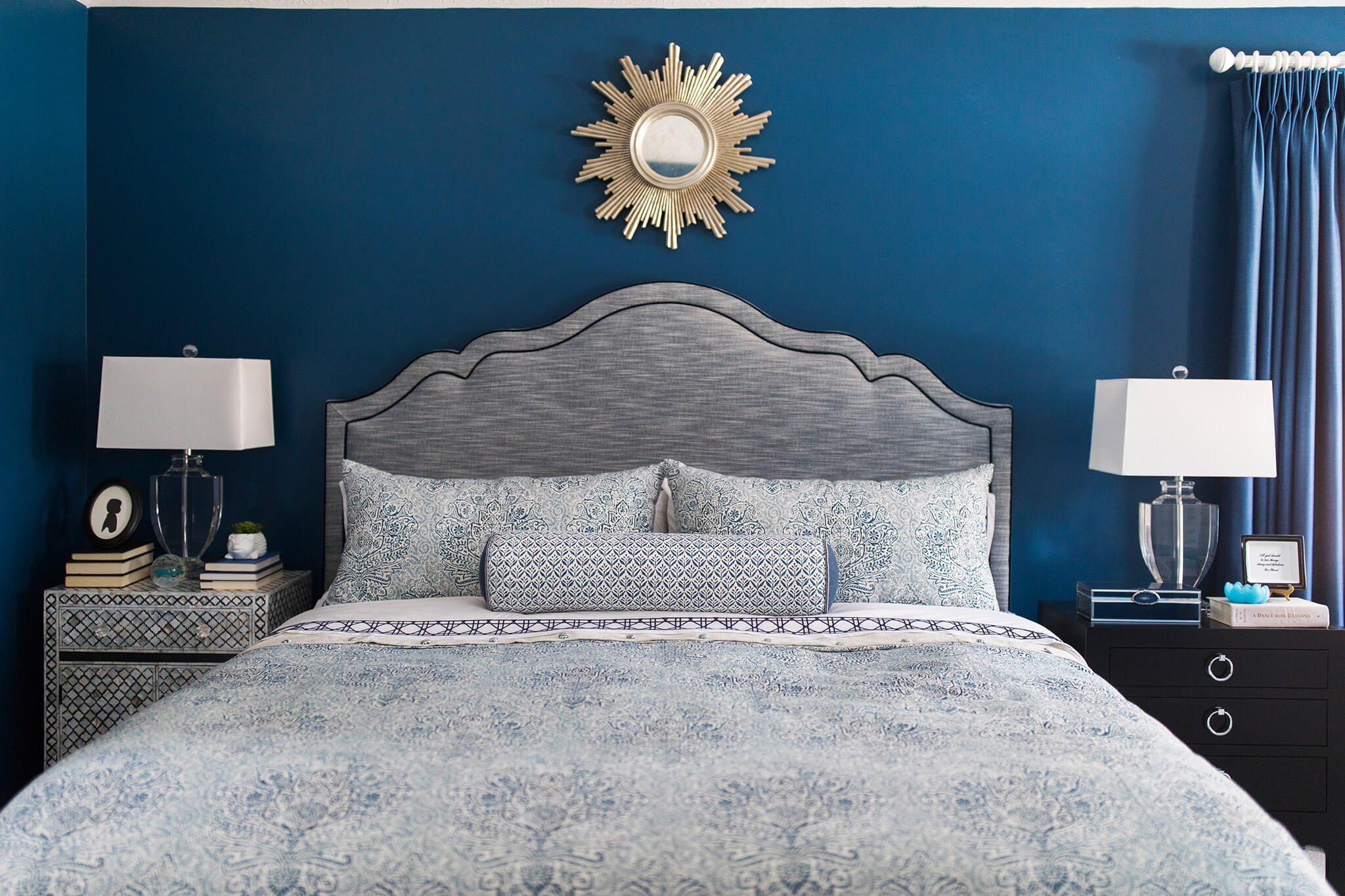“What if I hate the design?” is a question that I’ve heard from time to time.
I’ll be blunt: If you hate the design I create for you, then I have not done my job.
If you’ve heard horror stories about designers sweeping into people’s homes and forcing them to buy furniture they hated, then those designers have not done their job.

If you’ve heard stories about people who hired designers, and those designers didn’t even ASK what the people wanted – just handed them a design that will “look good in their home,” then those designers have not done their job.

If you’ve heard stories of people who have given a designer a budget, only to have that designer present a design that’s three times that budget, then that designer has not done her job.
So then, what is my job?
It’s to get to know you. In my previous career as an IT consultant, this was referred to as “requirements gathering.” The process is the same, regardless of what occupation you’re in. Your “requirements” are your likes and dislikes.

I need to know the functional requirements of the space. Your daily routines. How you use your rooms – what activities do you do? What furniture do you actually sit on? Do you watch TV, or read, or listen to music in a space? Do you eat in a room? Do you have small children and pets? All of these are functional requirements of a space that I have to consider when designing for you.

I need to know the style requirements of the space. What colors do you gravitate toward? What patterns? What style of furniture? If there are partners in a household, do you agree on style? If not, what are your unique styles?

Maybe most importantly on style, I need to know what you HATE. What colors turn your stomach, and why? What kinds of art just make you shake your head in confusion?
I need to know WHY you are hiring me – is it because you don’t have time to design everything, but really love interior design? Is it because you hate interior design, but you entertain and want a space your friends will feel comfortable in? Is it because you lack the confidence to make bolder design choices yourself?
I need to know your budget – not so I can spend every dime you have, but so I can put together a design that works for you. You need to be comfortable executing the design. I can plan a great design, but if it’s too expensive for you, then that design is useless and a waste of BOTH of our time – and your money.

So then, what happens if you do hate the design?
If you work with me, you won’t. You will not hate the design because I will have taken the necessary steps to work WITH you to create a beautiful design.
Will there be a couple of items that aren’t perfect the first time around? Sure. Those are called “revisions,” and they’re completely normal in the design process. Maybe I didn’t ask you how you felt about landscape art, and it turns out you think trees are creepy. Maybe you found some amazing accessories hidden away in the basement, but those accessories don’t mesh with the rug in the design concept. These things happen, and that’s why revision time is always built into the process.

One last thing: I am going to push your comfort limits, particularly with color and pattern. (That’s generally why people hire me. I’m not known for my all-gray rooms.)
It’s my job to bend you – but NOT to break you. If you are uncomfortable with a design element in your concept, you must tell me. I will ask you why you are uncomfortable. I’m not taking it personally, and I’m not being defensive. It’s a big part of requirements gathering to find out the rationale behind your discomfort, so we can either 1) talk through it and relieve the discomfort, or 2) discover WHY that element isn’t working for you, so I can then select a replacement that WILL work.
I hope this has brought some clarity into the design process and why is it SO important to hire a designer who does their due diligence and gets to know their clients. If you’re thinking of hiring a designer, ask them what their process is. They should be able to tell you. If they can’t tell you, then they don’t have a clear process, which is when design issues happen.










